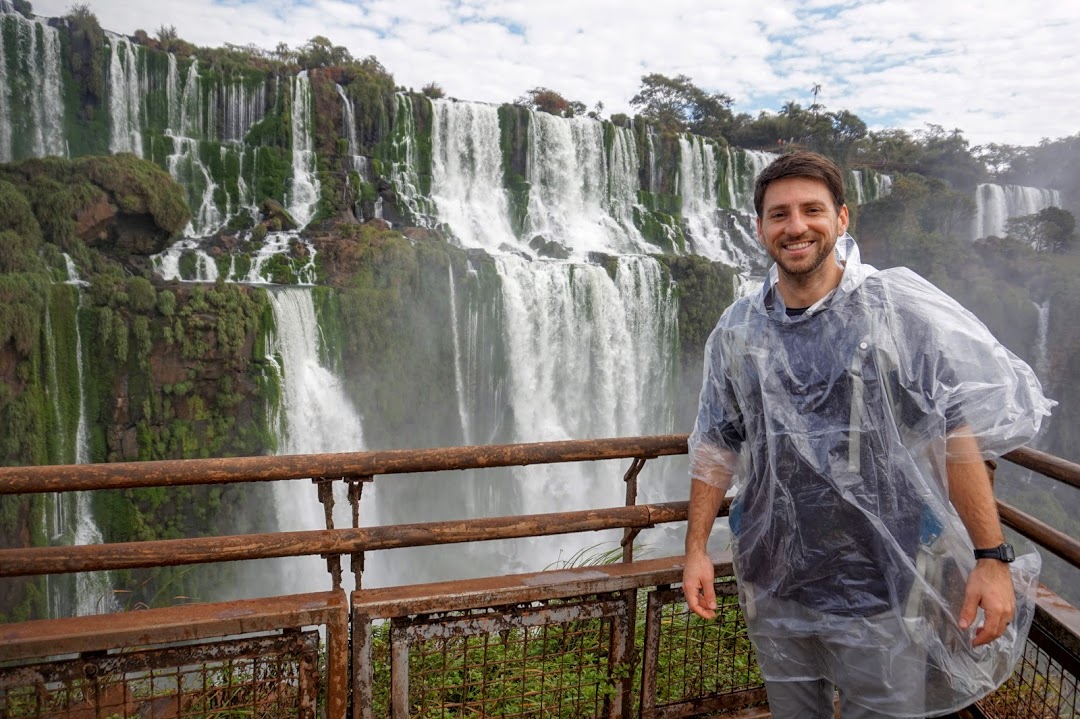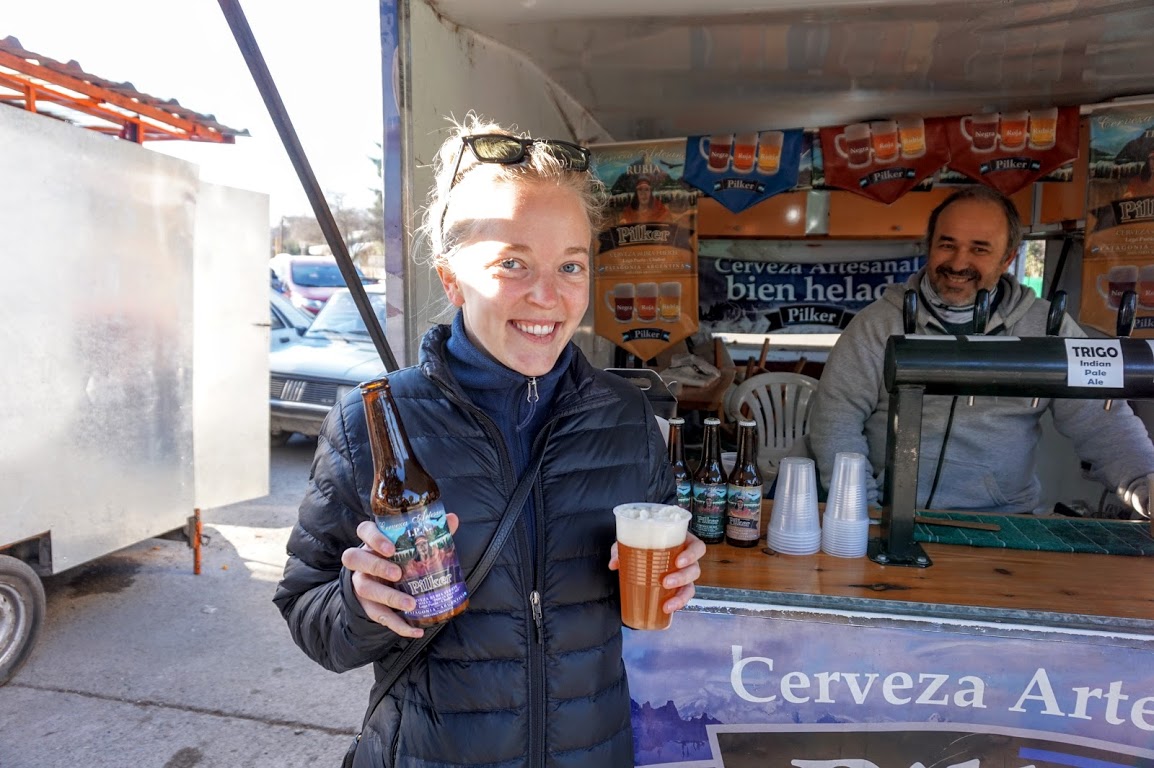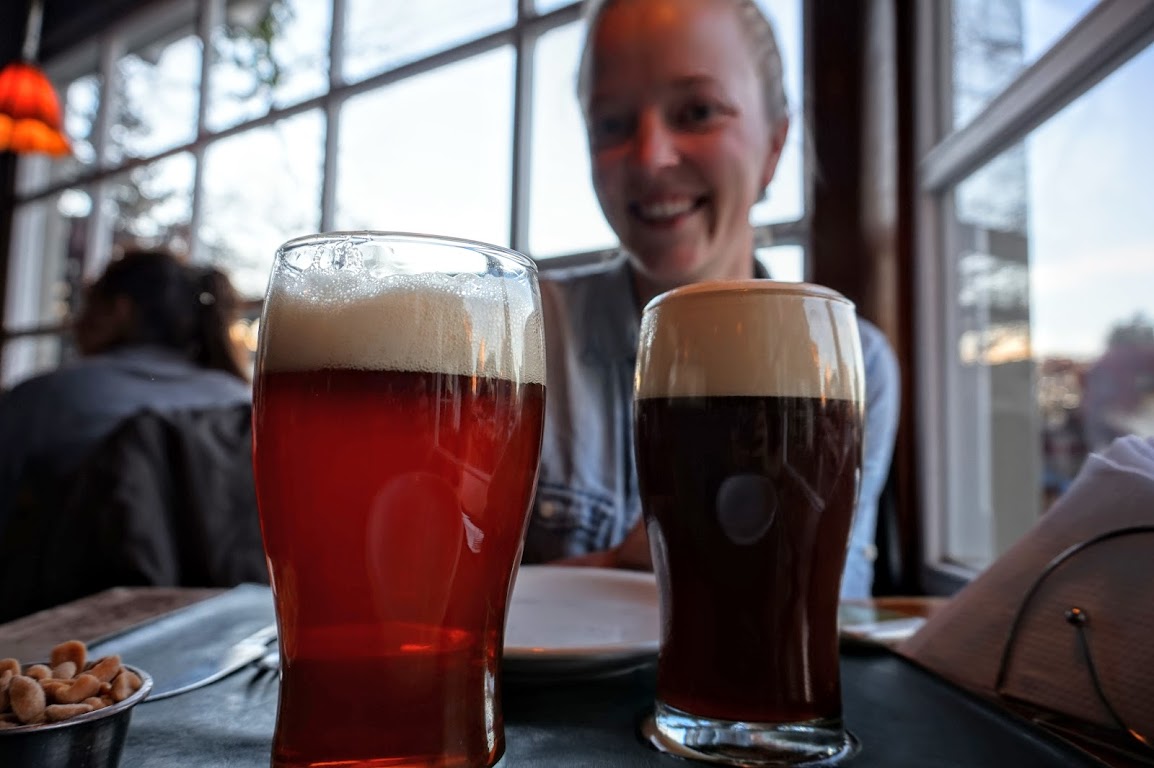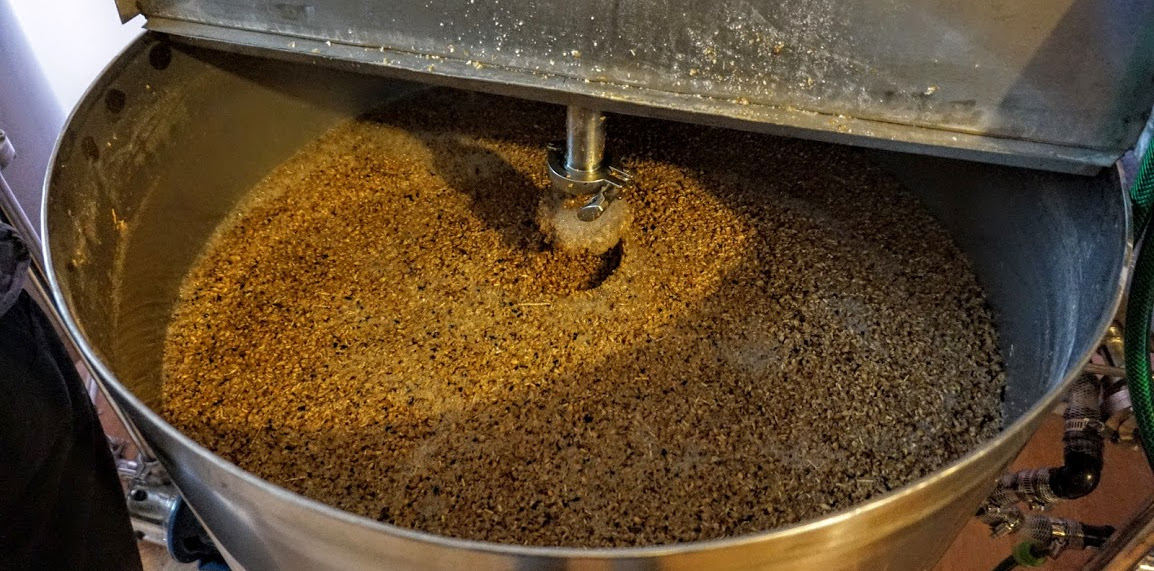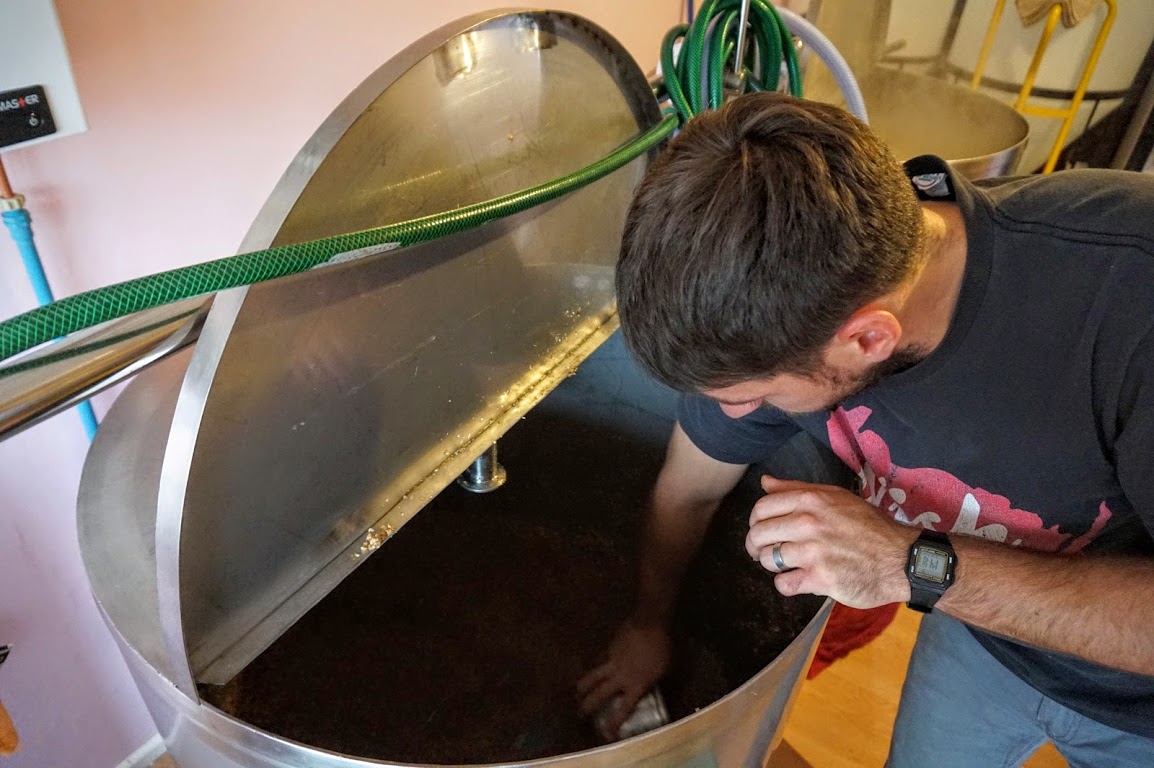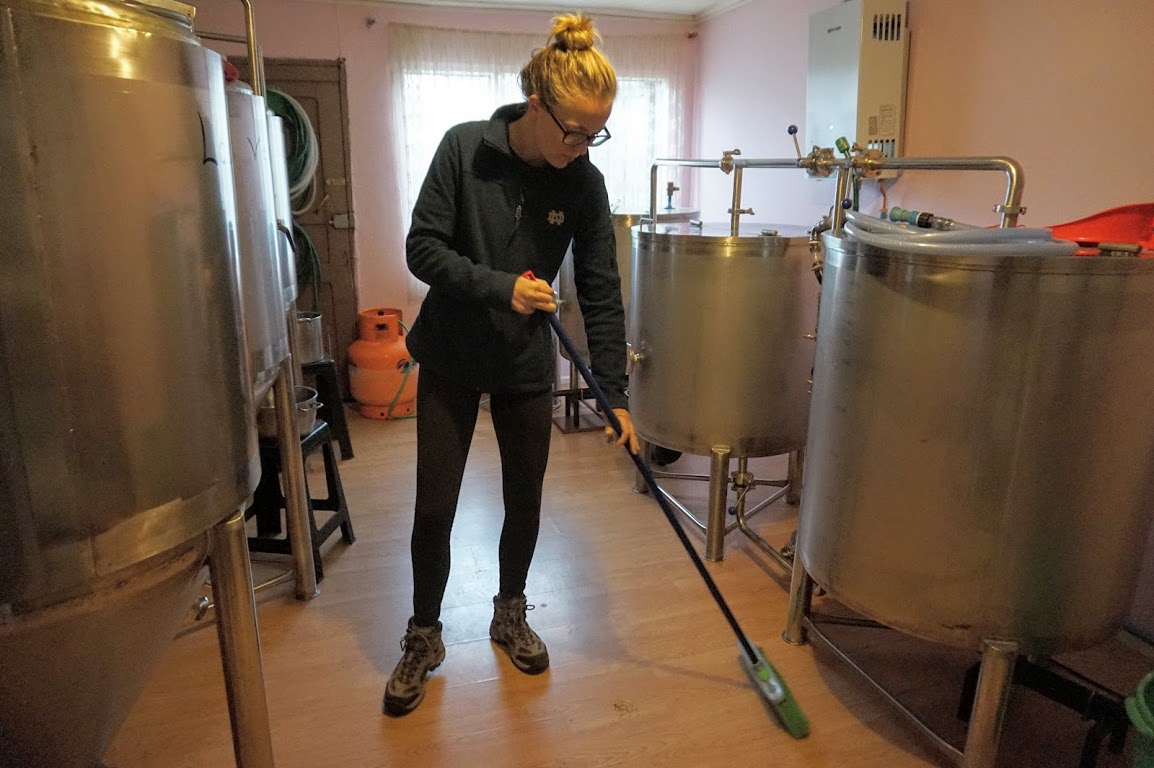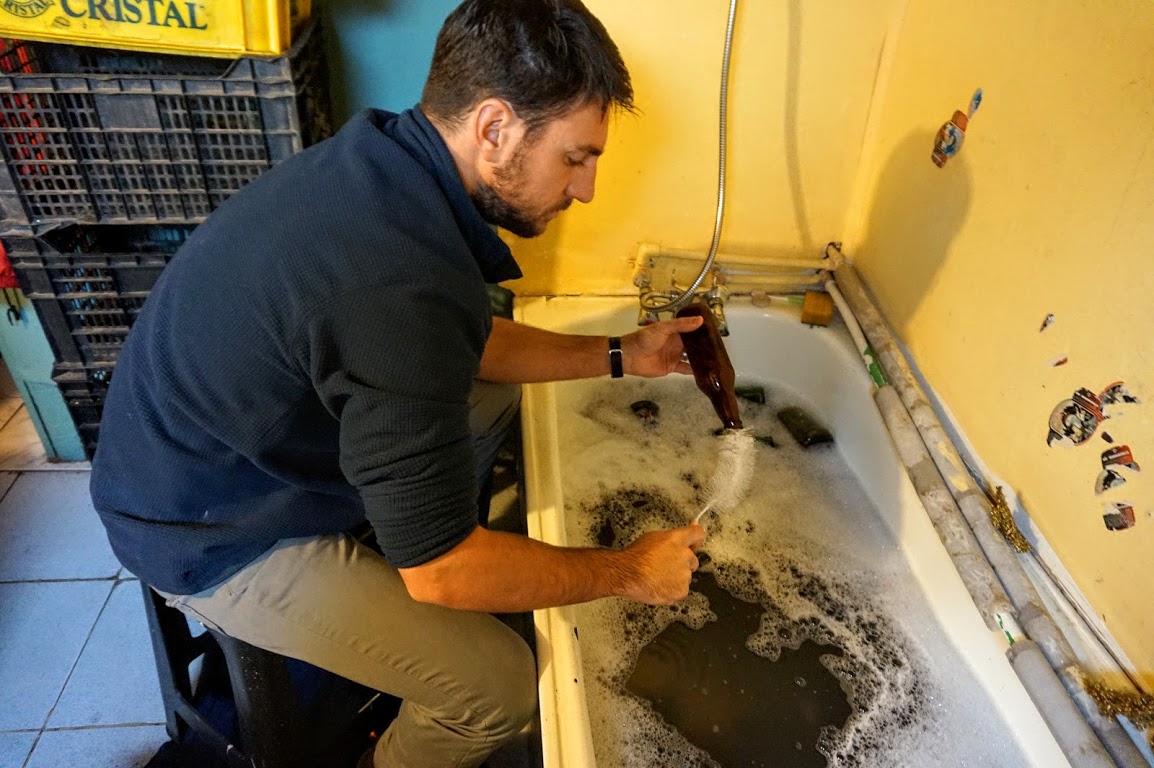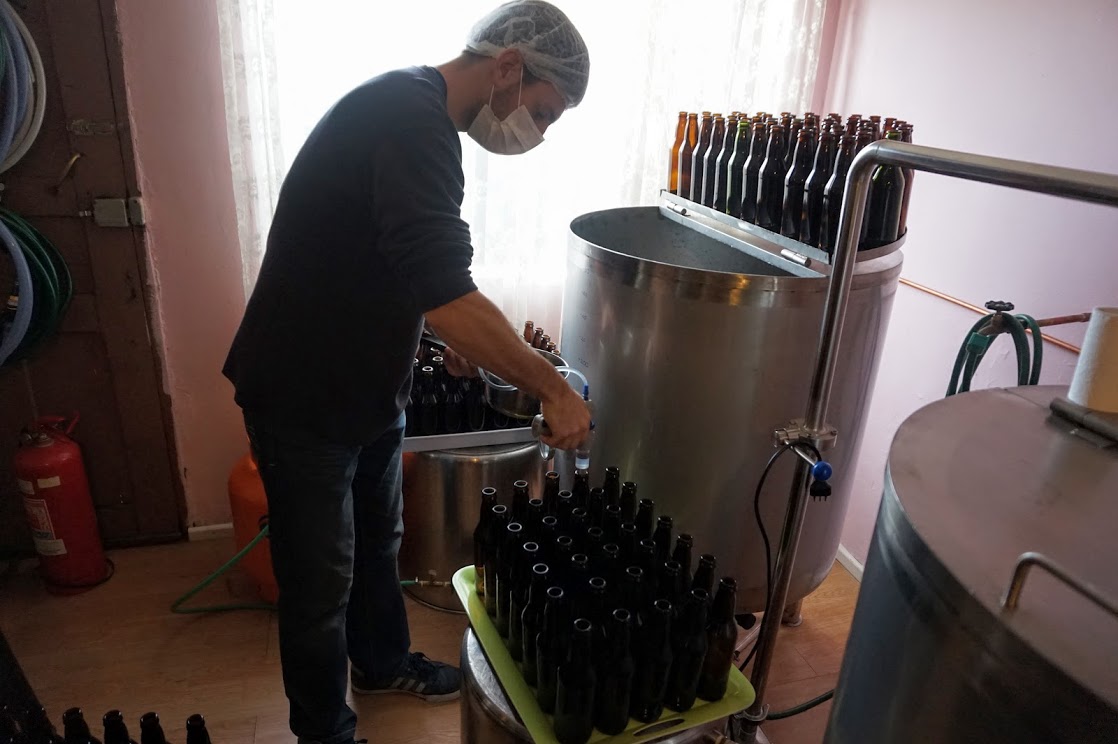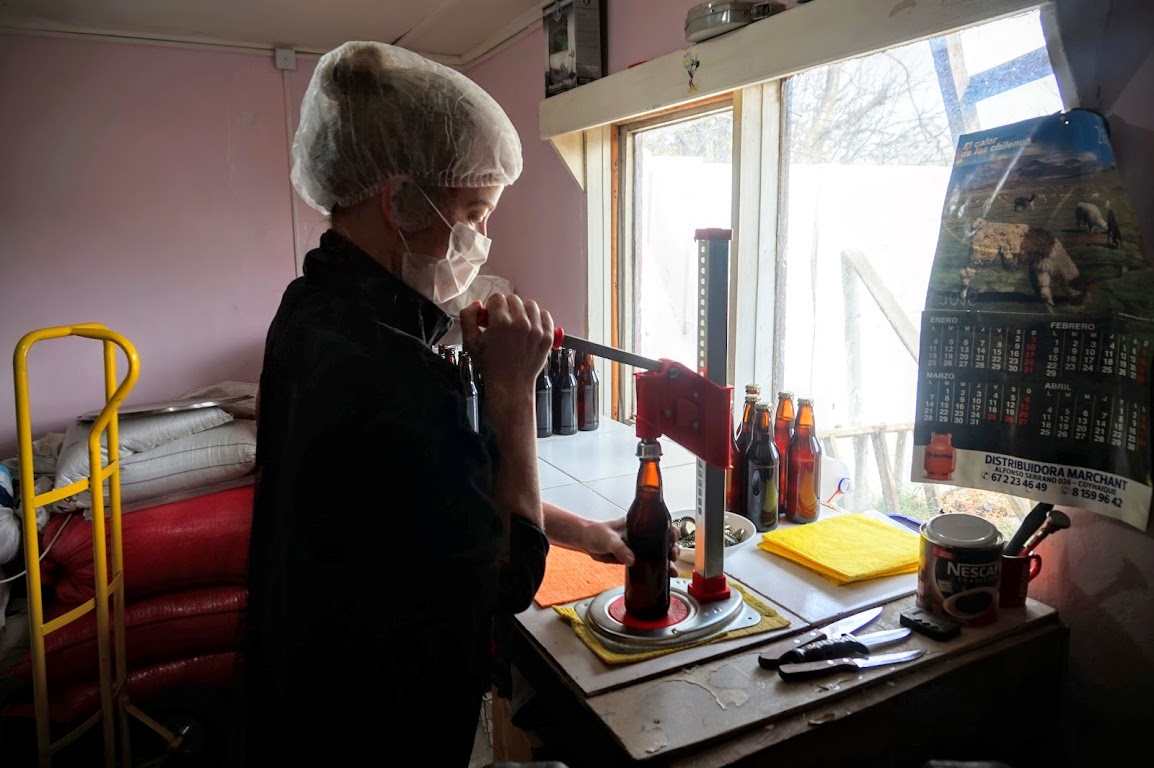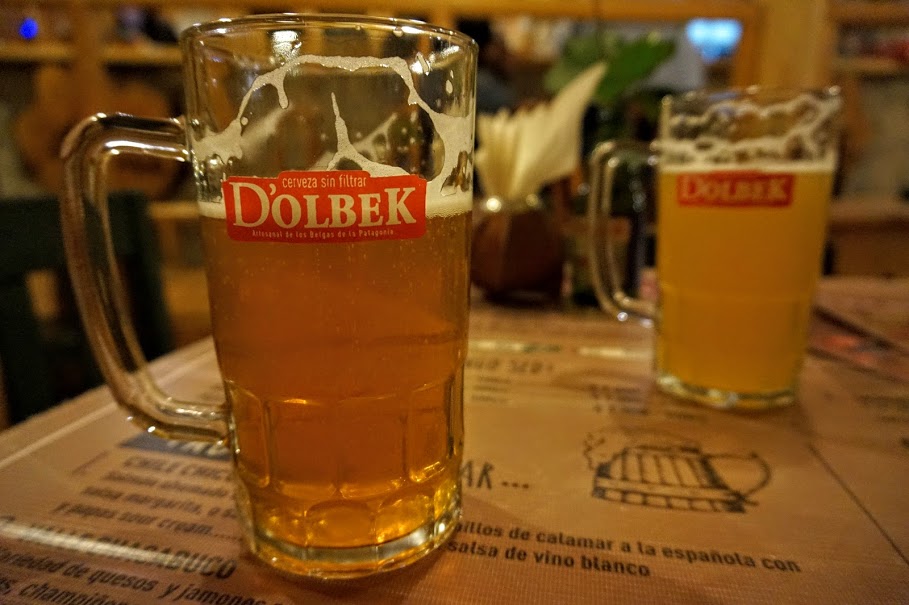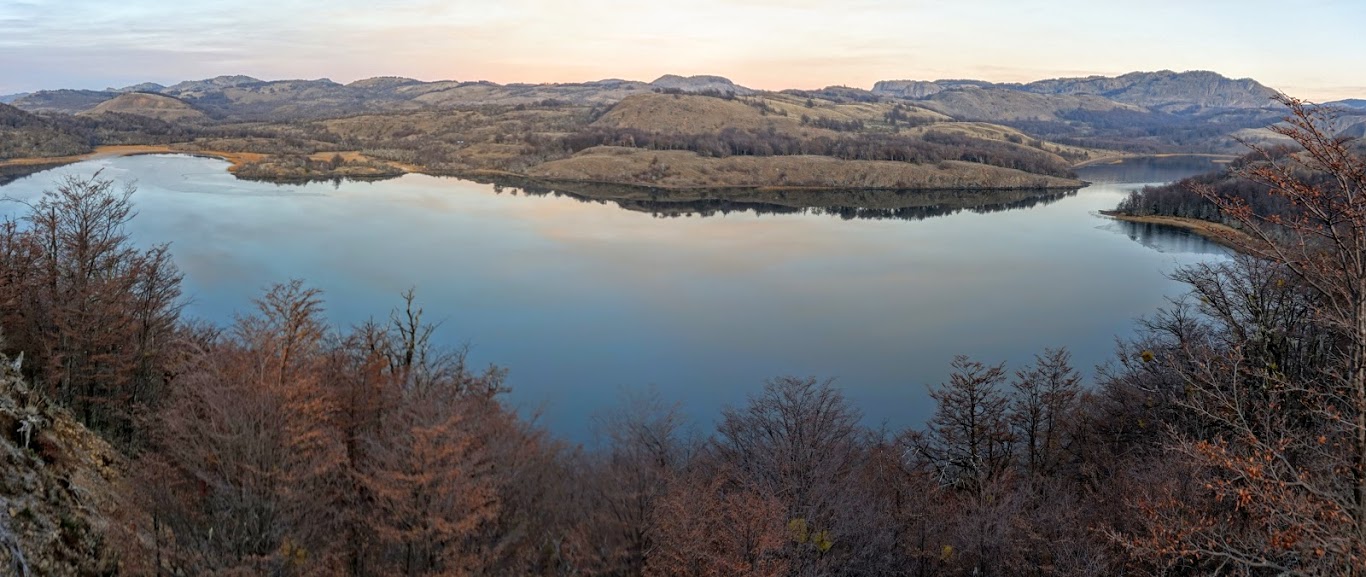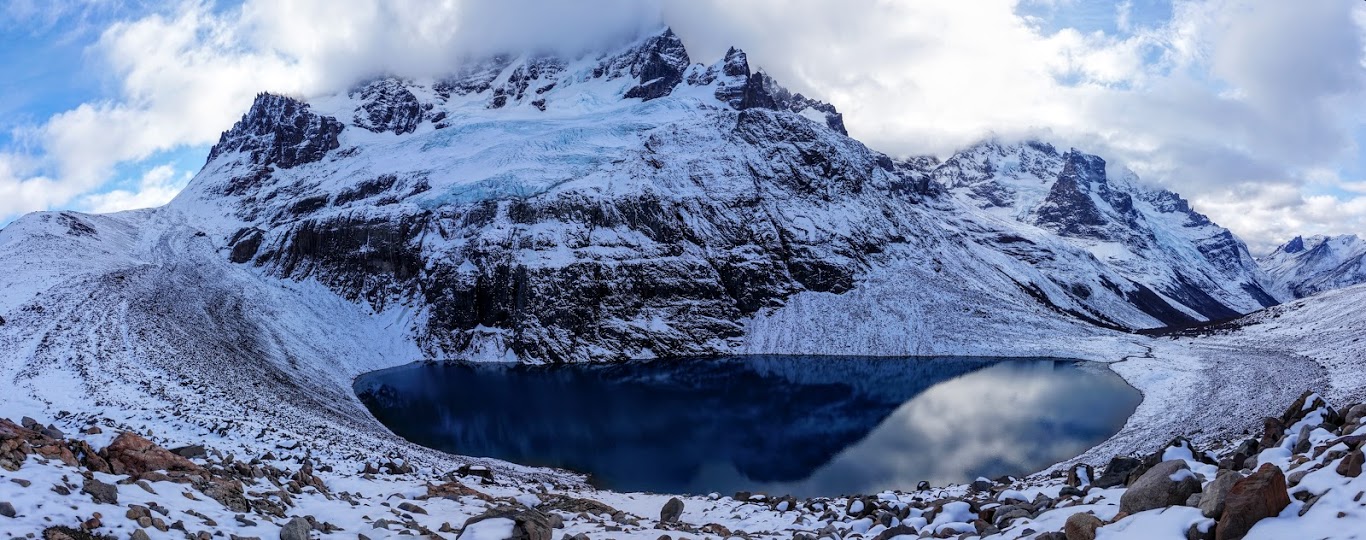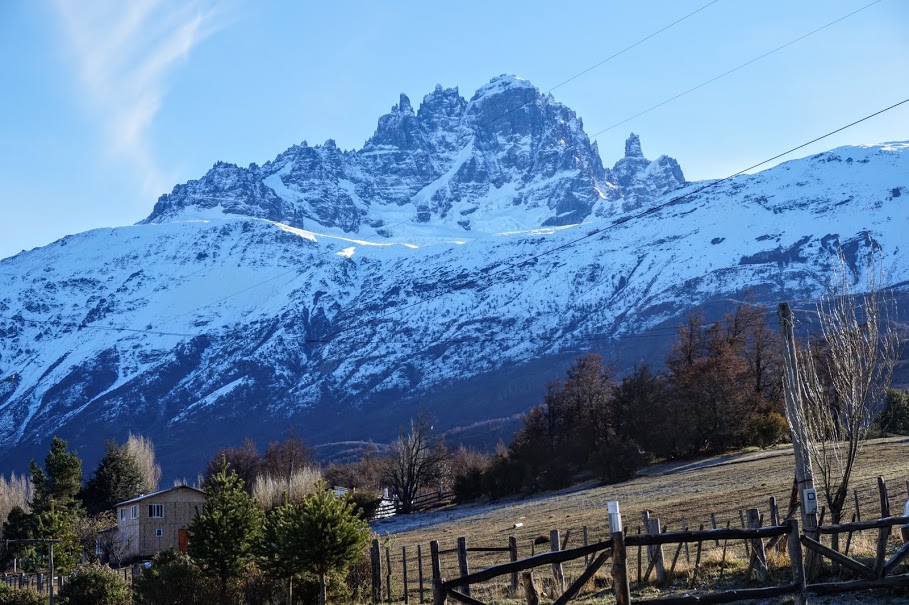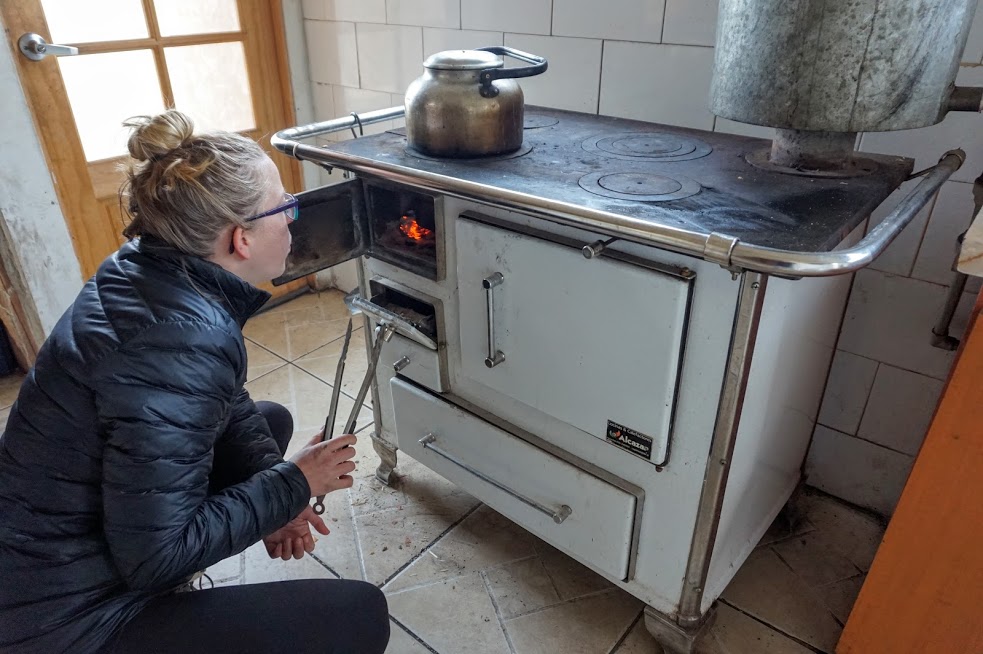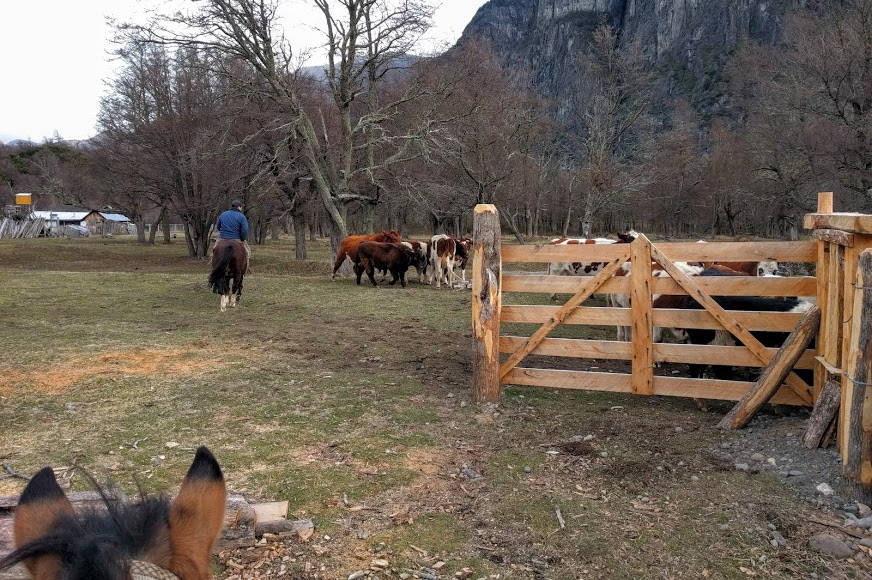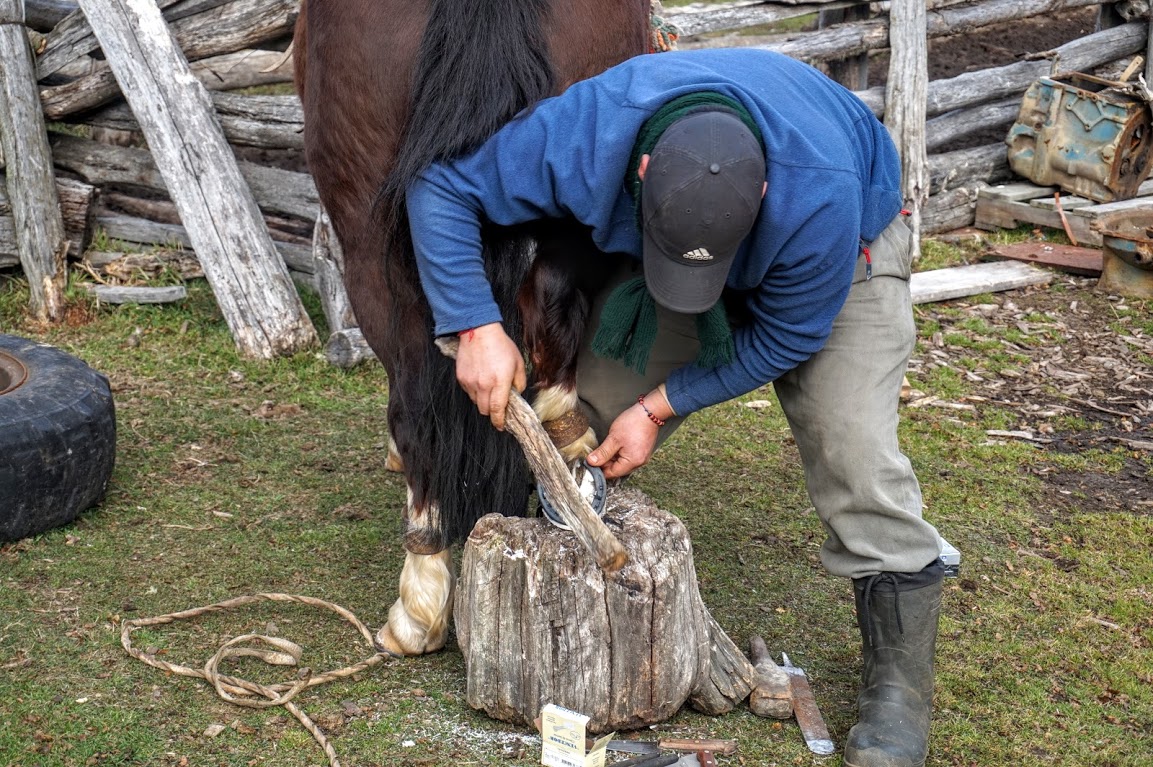Our original plans for South America didn’t involve Brazil because of the costly visa requirement for US citizens, but when we found out that the visa was waived starting June 1 for the Olympics, we knew we would visit! Plus we heard that flights to Europe from Rio were cheaper than anywhere else in South America so that was a huge win for us too. We spent nine days exploring Rio de Janeiro and its beautiful beaches, delicious food, lush scenery, and awesome hikes.
The Food
As we mentioned in our Iguazu post, we started off our time in Brazil eating pão de queijo (cheesebread balls) and coxinhas (basically Brazil’s version of chicken croquettes). Off to a good start, we continued eating our way through the city trying African-influenced sandwiches on the beach, acai berry and granola smoothies, bolinhos de bacalhau (fried codfish balls) paired with ice cold cerveja, and all-you-can-eat steakhouses. There were small bars on every street serving chopp (draft beer) around the clock and numerous stands selling caipirinhas all over the beach. When we tired of those, we managed to find possibly the best beer bar yet! Botto Bar had a huge selection of awesome beers on tap and was an excellent way to wrap up our beer experience in South America. Our favorite food we tried in Rio was hands down the amazing sandwiches at Cervantes, located just two blocks from our Airbnb. It has a full restaurant, but we always went to its walkup bar around the corner from the restaurant since it took us all of five minutes to inhale this deliciousness. We probably would have gone everyday if we could have but budgets exist for a reason. Who wouldn’t love slices of amazing filet mignon paired with delicious melted cheese, a slice of pineapple, and some killer hot sauce?







The Workouts
Motivated by the warm sunny weather and the weight we were gaining trying so much delicious food, we managed to get some type of workout in every day. It makes it easier to workout when you’re either running along the world famous Copacabana Beach or hiking to a majestic view of the city. Always on the lookout for free activities, we found out that you can hike halfway up Rio’s iconic Sugarloaf Mountain and then ride a cable car all the way to the top. It’s only about a 30-40 minute hike to the top of Urca Hill (the first peak). The first time we hiked it you couldn’t see Christ the Redeemer through the clouds so we decided to come back on a sunnier day to take the cable car up to the second peak. The second time we lucked out with great views of the city, but we were disappointed to find that that it totally wasn’t worth paying to go all the way to the top. The views from the top of the first peak were prettier and more panoramic - plus, we felt like we earned them since we hiked there.



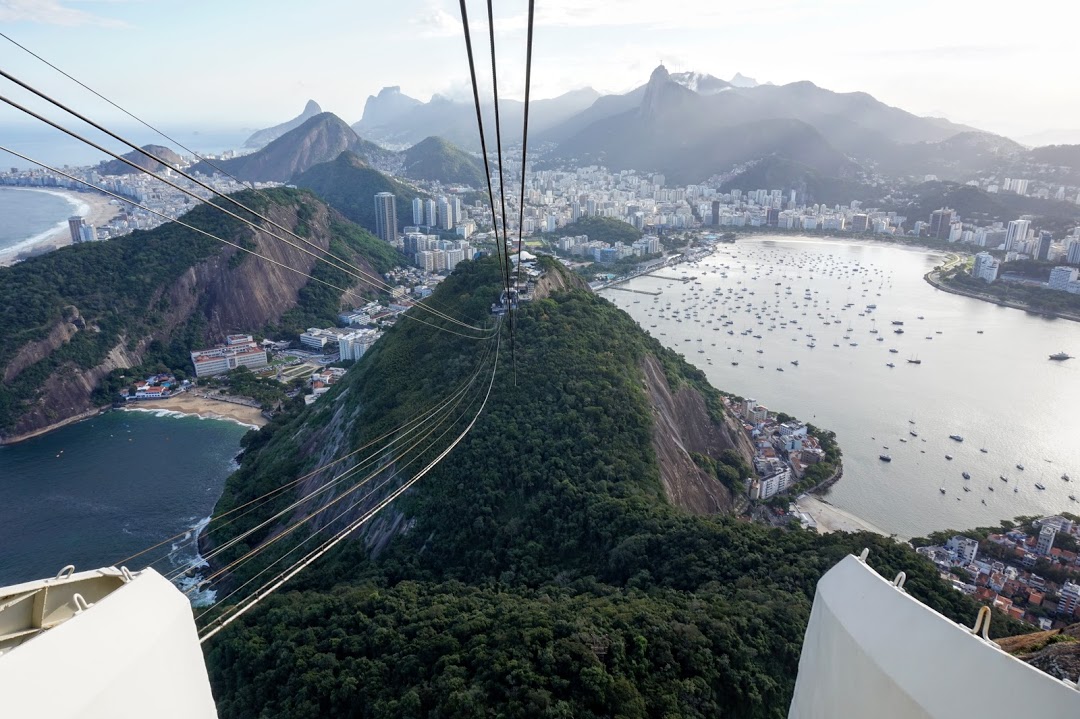

We found even better views of Rio from the top of Christ the Redeemer. The hike to the top was insane, consisting of two hours scrambling up super steep slopes - literally pulling yourself up a “ladder” of vines, tree roots, and maybe a chain or two - but was it was fun and the views at the top were killer!



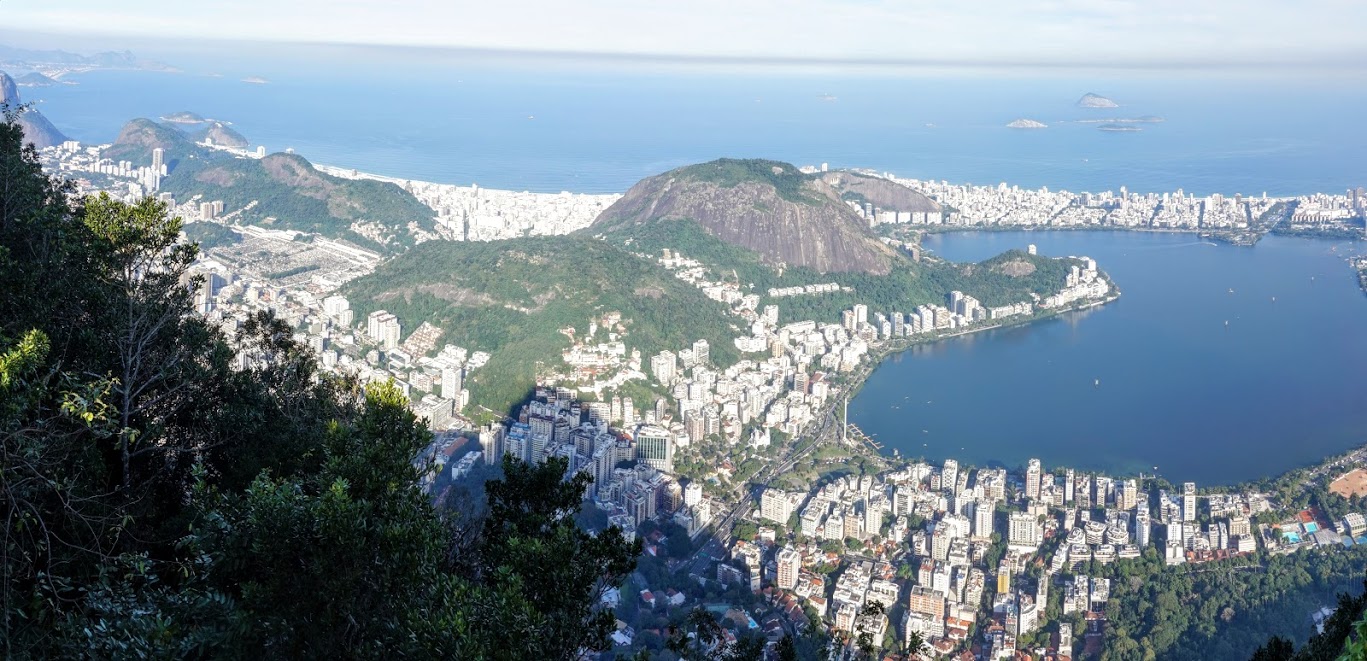
Fun fact: We have now been to five of the “New Seven Wonders of the World.” Only Petra and the Taj Mahal are left!
The Beaches
We spent most of our time on Copacabana Beach since our Airbnb was only two blocks away. We also went to Ipanema, the next beach over, as well as a few other ones we stumbled upon walking around the city. They were all beautiful, but it’s still winter here so many were either empty or sparsely populated. Either way it was awesome to be at a beach and in warm temperatures after spending the last few weeks in cold weather.






Overall Impressions
With the upcoming Olympics, the government scandals, and the poor economic situation, we weren’t sure what to expect from our time in Rio. Our parents worried about the crime and violence, but we felt safe the whole time. We realize this is probably since we mostly stayed in touristy areas, didn’t wander around too much at night, and did our research ahead of time about places to avoid. Similar to any place you might visit, you need to be smart about where you’re going, what you’re carrying, and always be aware of your surroundings. Oh, and as for Zika: we survived! Granted we don’t plan on having babies anytime soon (sorry mom), but since it’s winter and not very humid there really weren’t any mosquitoes (although we also used bug spray just in case).
Apart from health and safety, the other common question was whether Rio is ready for the Olympics. Answer: who knows! The Olympic volleyball stadium on Copacabana Beach was definitely not close to being done… But Copacabana is also going to be hosting parts of the triathlon and the marathon, and we saw them setting up big spectator stands alongside the road that are basically ready to go for August. We asked an Uber driver what he thought about the preparations, and he was confident that everything would be done on time. He’s also excited for the Olympics because that means a lot more business for him so he was happy to be practicing his English with us.
Speaking of languages, we are ashamed to say we have no idea what is going on in Portuguese. After five months of Spanish we were thinking that the two languages were probably close, right? Wrong. Or at least, sometimes Portuguese was similar and then other times it sounded like they were speaking some version of Russian? Maybe? Portuguese is a descendant of Latin with influences from other languages including Gallaecian, an extinct Celtic language, so maybe that explains some of what we were hearing. It was pretty interesting and made for some comical Portuguese-Spanish encounters where neither of us could understand the other.
Overall, Rio was an awesome place to wrap up our five months in Central and South America! Great food, awesome beaches, and friendly people helped us to relax and get ready to springboard to Europe!










